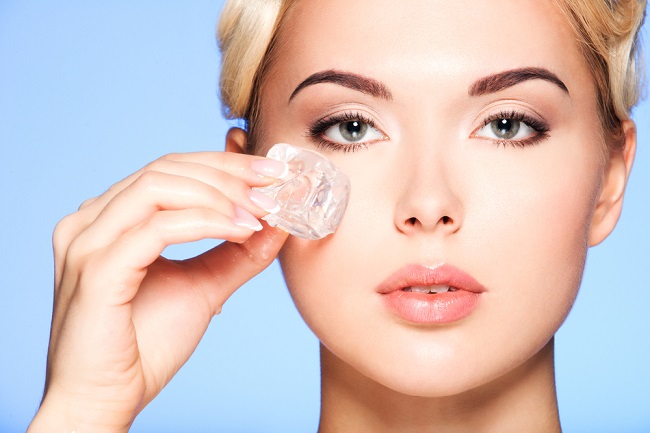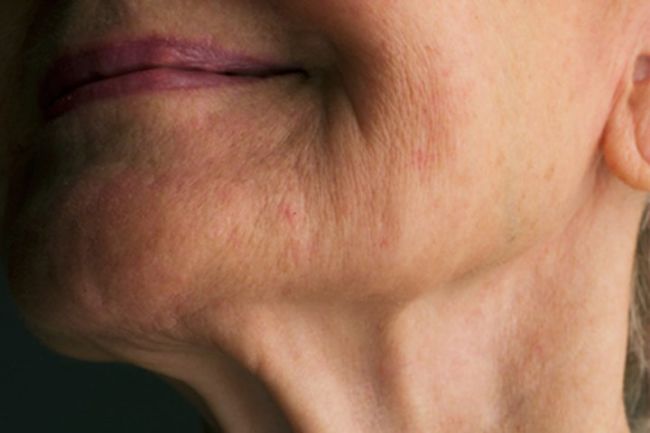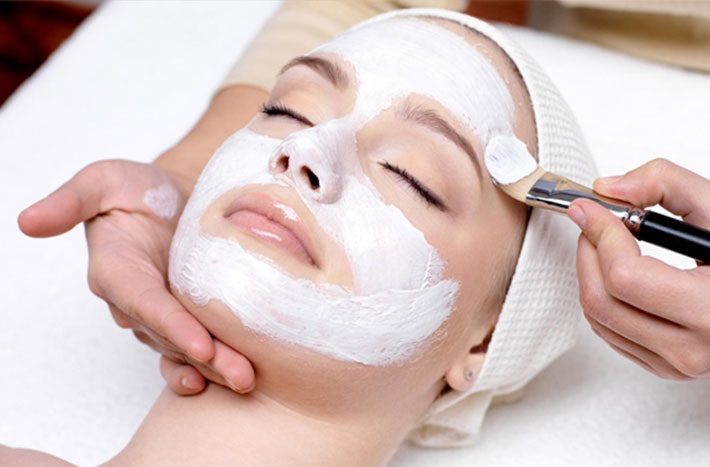Women in particular often suffer from heavy and swollen legs at night. Swollen legs can have different causes and at first is not cause for concern. However, if the legs are permanently inflamed, a doctor should be consulted to rule out lipoedema as the cause.

Lipoedema is symptoms of fat distribution, also known as rider or columnar leg phenomenon. With the right therapy, a lipoedema can be treated, but a complete cure is not yet possible. Before continuing with the recommended treatments for lipoedema, let’s analyze what lipoedema is, what its causes are and how to treat it.
What is lipoedema?
Lipoedema arises almost exclusively in women. The disease causes deposits of subcutaneous adipose tissue, which lead to swelling of the affected parts of the body. With the progression of the disease, the accumulation of fatty tissue makes the legs widen more and more.
Fat deposits usually arise symmetrically on the thighs, hips, buttocks, inside the knee or upper arms, and then on the forearms and thighs up to the ankles. The back of the hands are affected only at levels of extreme severity. A typical clinical picture for lipedema is the thin upper body, and the legs too thick.
Symptoms of lipedema
Patients with lipoedema usually suffer from thick legs with visible deposits of fatty tissue. Especially after sitting or standing for a long time or on warm days, the legs often swell even more due to additional water retention.
Rarely the symptoms also affect the arms. The following symptoms may also be seen in the affected parts of the body:
- Pain to the touch.
- Pressure and tension.
- Bruises after small bumps or chafing.
- Presence of spider veins.
- Thick, partially knotted skin and orange peel (cellulite).
Causes of lipedema
The exact causes of lipoedema are not yet clear. They are probably a genetic predisposition and hormonal triggers. This condition often occurs for the first time or after puberty, a pregnancy, or during menopause. Obesity is not one of the causes, but it can negatively influence the course of the disease.
In men, it occurs only in exceptional cases, for example, in a hormonal disorder as a result of liver damage or hormone therapy.
How it is diagnosed?
Diagnosis of lipedema is based on visual and tactile findings (inspection and palpation), patient history, and, if necessary, ultrasound. Above all, a specialist should rule out that the symptoms were caused by other diseases. Here are, for example, the following diseases in question:
- Adipostas (obesity), which often occurs along with lipoedema.
- Lipohypertrophy (a harmless fat buildup) that can develop into lipoedema.
- Lymphedema (fluid retention), which usually occurs asymmetrically.
Whether it is lymphedema or lipoedema, it shows the so-called Stemmer’s sign. If the skin is lifted over the toe or the folds of the fingers, it is likely a lipoedema.
Stages of the disease
Lipoedema is not curable and may even get worse as the disease progresses. Especially if your symptoms are left untreated. Therefore, fat pads in stage 1 are mainly produced on the hips, thighs and inside of the knee. The skin is typically visible as orange peel.
As the disease progresses, the skin in stage 2 appear very nodular with sinking points, until in stage 3 finally large flaps and protrusions of the skin develop. Lipoedema can spread to the ankles and overlap. Finally, the fingers and toes are affected: this is the serious stage of the disease.
More serious consequences
During the course of the disease, fat cells enlarged and deformed by lipoedema make it increasingly difficult for lymphatic fluid to exit. As a result, accumulations of water, called lymphedema, develop in cellular interstices. These then cause swelling of the hands and feet.
If lipoedema remains untreated for years, the large lymphatic vessels are also affected by this disorder. It is then spoken of a Lymphedema.
Decongestion therapy for lipoedema
The basis for the treatment of lipedema is decongestant therapy. It requires daily use of compression stockings or bandages to reduce or maintain the size of lipoedema. Especially during sports, compression stockings should always be worn to support the tissue.
Compression devices are also used in the framework of “apparent intermittent compression”. Compression of lymphatic tissue can relieve pain and counteract the progression of the disease.
Manual lymphatic drainage, a special type of massage, can also promote the elimination of edema. Lymphatic physiotherapy also includes functional rehabilitation and respiratory physiotherapy. However, these special treatments should only be performed by specialists and not by massage therapists who do not have training in the field of lymphatic drainage.
Other forms of treatment for lipoedema
The affected lymphoid tissue cannot regress. In lipoedema, only surgical liposuction (liposuction) can remove pathologically altered fatty tissue. However, there is a risk of destroying the superficial lymphatic vessels, which can result in additional lymphedema.
In lipedema, liposuction is often only a temporary improvement, because fatty tissue is more likely to develop again, unlike healthy patients. Therefore, a detailed consultation by a specialist is indispensable.
In alternative medicine, such as homeopathy, Schüssler salts and jojoba oil are used to treat lipoedema.
Diet and exercise
Sport and healthy eating are important treatments for lipoedema, although they cannot reduce lipedema. Regular exercise and a long-term change in diet, however, help to avoid excess weight, since if you continue to increase it could favor the progression of the disease.
Physical activity also reduces water retention. It prevents targeted muscle growth in the affected areas and sports that require sudden movements. For example, easy walks or water gymnastics are suitable.
Skin care relieves symptoms
Since lipoedema can alter the microcirculation of the skin, it is more susceptible to inflammation and scarring. Therefore, attention should be paid to proper skin care in lipoedema.
Sensitive skin should be carefully smeared with a special moisturizing lotion and not irritated by tight clothing or self-massage. Especially suitable for care are soaps and creams of neutral pH for the skin that contain urea or dexpanthenol.
Conclusions:
Lipoedema is often a heavy psychological burden for those affected. Patients suffer not only from physical pain, but also from mental illness.
Negative reactions from people, deteriorating quality of life, and frustration of unsuccessful diets and exercise programs sometimes lead to depression or eating disorders. Psychological support is therefore always a successful therapy for lipedema.









